The Eiffel Tower, or la Tour Eiffel, is a symbol of Paris and France. It’s not just a beautiful structure, but a testament to French ingenuity and industrial prowess. This iconic landmark was built for the 1889 World’s Fair to celebrate the centennial of the French Revolution.
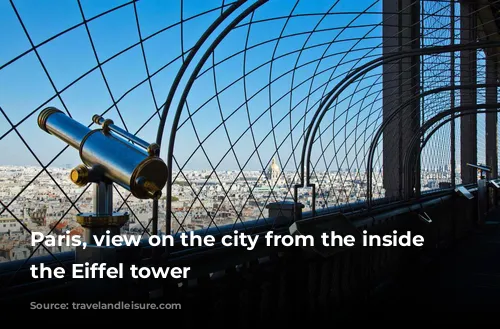
Construction Marvels
The Eiffel Tower’s construction was a feat of engineering. It was finished in just two years, two months, and five days, using 7,300 tons of iron and 2.5 million rivets. It was considered a marvel of speed and precision and drew more than two million visitors during the fair.
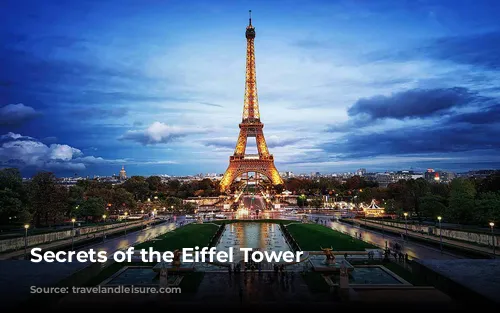
Unveiling the Tower’s Secrets
The Eiffel Tower has been a popular destination for over 300 million visitors. Despite its fame, it still holds a few secrets. Here are some interesting facts you might not know.

Controversial Design
The Eiffel Tower’s design wasn’t universally loved. Many artists and intellectuals criticized the tower, calling it a “gigantic black factory chimney” that would “humiliate” Paris’s architecture. Famous authors Guy de Maupassant and Alexandre Dumas even signed a letter protesting the tower’s construction.
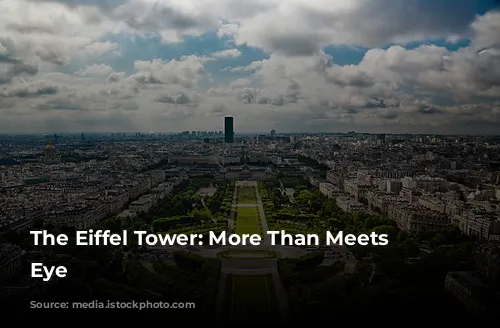
Standing the Test of Time
Despite the criticism, the Eiffel Tower was built and has become a global icon. It remains one of the most visited monuments in the world, welcoming almost seven million visitors annually.
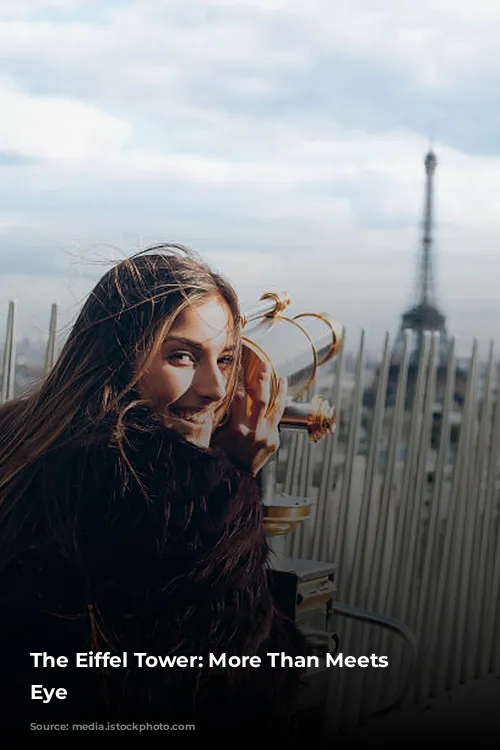
Gustave Eiffel’s Legacy
Gustave Eiffel, the tower’s namesake, reserved the top level for himself, where he hosted guests like Thomas Edison. Today, this space is open to the public as a recreation of his office.
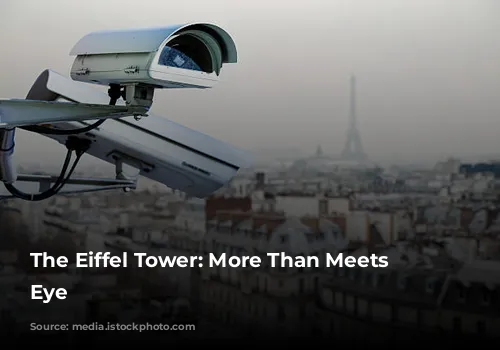
More Than Just Eiffel
While the tower is named after Gustave Eiffel, it was actually designed by Maurice Koechlin and Emile Nouguier, two engineers from his company. They also commissioned Stephen Sauvestre, a French architect, to soften the original design’s industrial look.

Almost Torn Down
The Eiffel Tower was originally planned to be demolished after 20 years. However, Eiffel cleverly included a radio antenna and wireless telegraph transmitter, which proved useful to the government. As a result, the tower’s lifespan was extended to 70 years.

Close Call During World War II
The Eiffel Tower was almost destroyed during World War II. Adolf Hitler planned to blow it up but Allied troops arrived before the order could be carried out. While the tower survived the war, it did sustain damage from air raids.
A Touch of Liberty
The Eiffel Tower’s designers had previous experience working with iron structures. They had helped Frédéric-Auguste Bartholdi build the Statue of Liberty’s internal framework, and this experience proved useful in designing the Eiffel Tower.
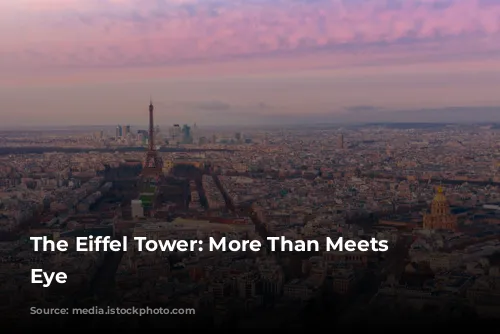
More Than Just a Tourist Spot
The Eiffel Tower has been home to several businesses and organizations over the years, including a post office, a theater, and a radio station.

Eiffel’s Scientific Interests
Gustave Eiffel was a scientist and used the top level of the tower as a laboratory. He conducted meteorology experiments and even built a wind tunnel at the base. He allowed other scientists to use his laboratory for their research.
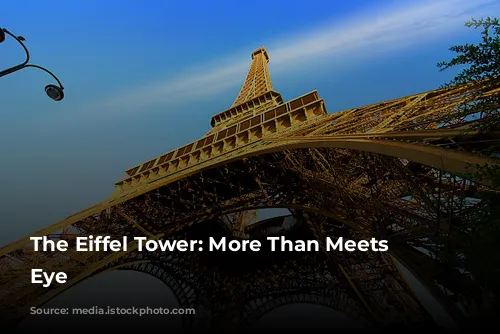
Dynamic Structure
The Eiffel Tower is wind-resistant and will sway during a storm. The heat of the sun also causes the tower to expand and lean slightly, making it a few centimeters taller in summer than in winter.
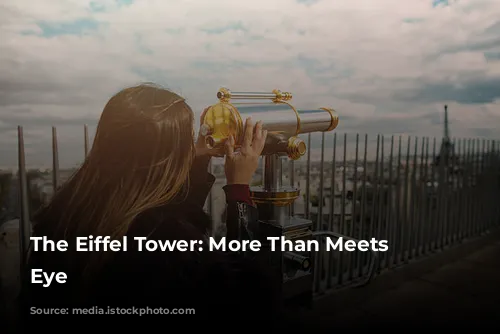
Hidden Names
The names of 72 French scientists and engineers are engraved on the Eiffel Tower’s first floor. They were painted over in the early 20th century but were restored in the late 1980s and can be seen today.
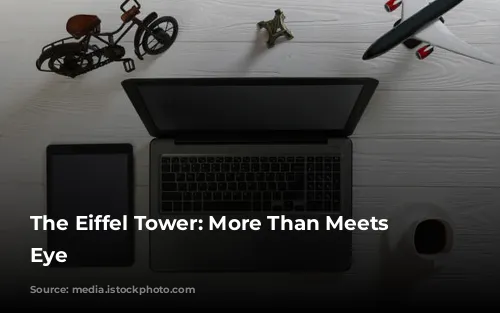
Keeping the Tower Gleaming
The Eiffel Tower requires constant maintenance. A team of 50 painters meticulously cleans the tower, removes rust, and applies 60 tons of paint, which can take up to three years to complete.
Lighting Up the Night Sky
The Eiffel Tower has been lit up in various ways since its construction. The first light show took place in 1925, featuring 200,000 light bulbs. Today, the famous sparkling light show takes place nightly for five minutes every hour and features 20,000 bulbs.
Eiffel Tower’s Illumination: Copyright Protection
The Eiffel Tower’s illumination is protected by copyright, which applies to professional photographers. Taking personal photos of the tower, however, is perfectly legal.
Eiffel’s Legacy
The Eiffel Tower is just one of Gustave Eiffel’s accomplishments. He also designed numerous bridges, railways, and viaducts across Europe, including the Maria Pia Bridge in Portugal and the Western Railway Station in Budapest.
The Tallest Building in the World
When it was built, the Eiffel Tower was the tallest building in the world. It held this title for 40 years until it was surpassed by the Chrysler Building in 1930.
Conclusion
The Eiffel Tower is a testament to French engineering, artistic vision, and architectural innovation. Its rich history and ongoing maintenance ensure that this iconic landmark will continue to be a source of wonder for generations to come.
